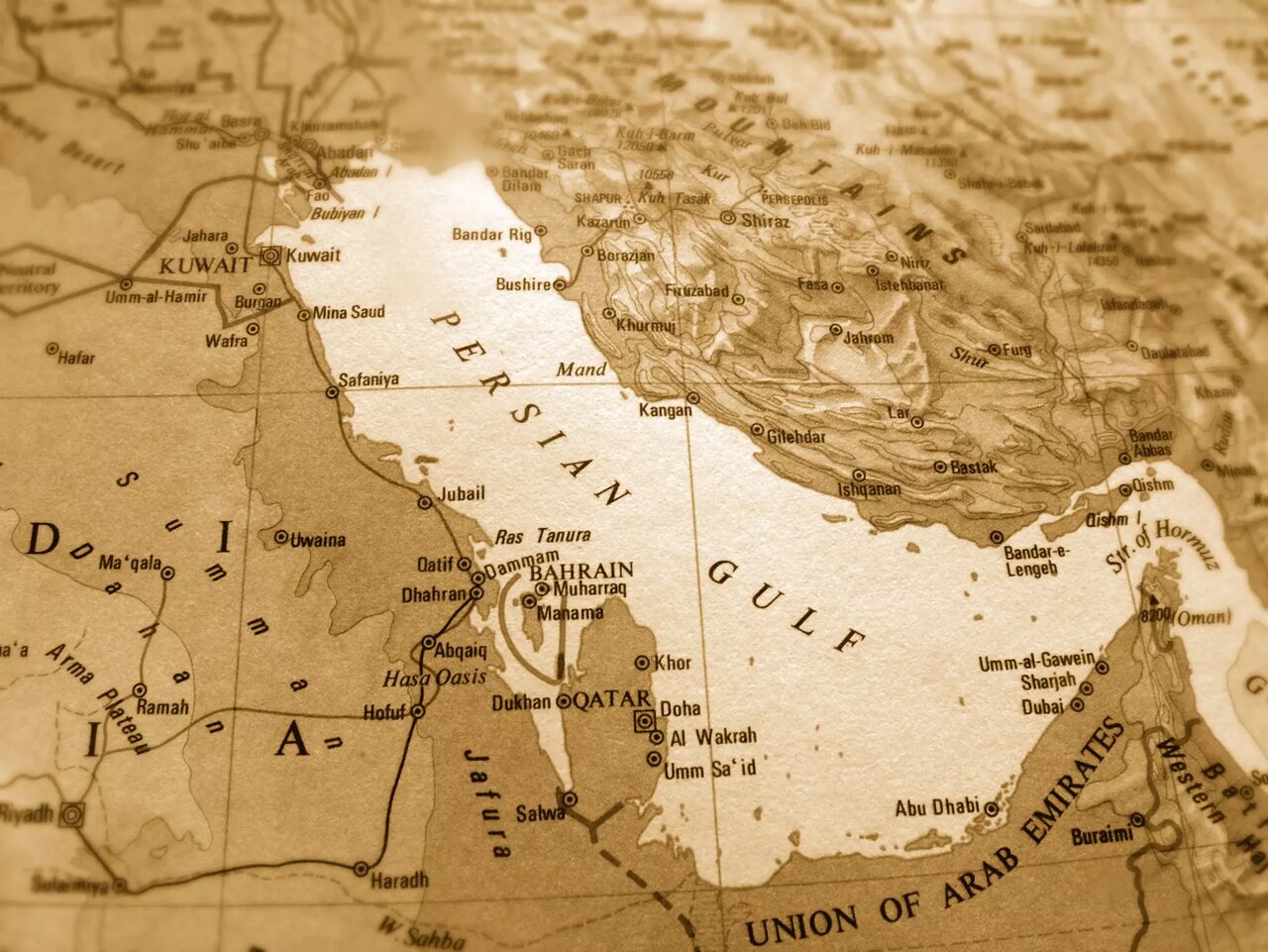Persian Gulf National Day: a celebration of history, culture, and nature

Each year, on the 10th of Ordibehesht in the Iranian calendar, Iran observes Persian Gulf National Day — a moment to reflect on the historical, cultural, and geopolitical importance of this strategic body of water in West Asia.
The occasion, observed on April 30 this year, also commemorates the historic 1622 victory in which the combined forces of Iran’s Safavid Empire and the British East India Company expelled Portuguese troops from the strategically vital Strait of Hormuz.
Bordering the southwestern stretch of Iran’s southern coast, the Persian Gulf is more than a body of water; it is a cradle of ancient civilizations, a vibrant cultural crossroads, and a natural wonder teeming with life.
From the bustling port city of Bandar Abbas to the tranquil shores of Qeshm and Hormuz islands, that body of water offers a fascinating contrast between tradition and modernity. These lands and waters are deeply connected to the lives of their inhabitants, who have for centuries depended on the sea for trade, sustenance, and cultural exchange.
While the Persian Gulf is globally recognized for its gigantic reserves of oil and natural gas, it is also famed for having a stunning natural beauty, from preserved beaches to expansive mangrove forests, which makes it a hidden gem for eco-tourism and adventure. Travelers can dive into crystal-clear waters, explore coral reefs, or simply soak in the rich biodiversity of the coastline.
In addition, the Persian Gulf is a living museum of history. The islands in the Gulf have long served as critical trade outposts linking the East and West, shaping the destinies of empires. From the Mesopotamian civilizations of the Sumerians and Akkadians to the powerful Persian Empires – Achaemenid, Parthian, and Sassanian – the region has been a strategic maritime crossroads for thousands of years.
These islands also flourished during the Islamic Golden Age, becoming centers of commerce, science, and learning. Their ports welcomed scholars, merchants, and travelers from distant lands, fostering a rich tapestry of cultural exchange and intellectual achievement. Even today, one can witness this legacy in the local architecture, cuisine, music, and oral traditions passed down through generations.
Moreover, the Persian Gulf’s islands remain a mosaic of ethnic and cultural diversity, home to Persians, Arabs, Baloch, and other groups. This cultural fusion, formed over centuries of migration and trade, creates a vibrant and unique social fabric that enriches Iran's national heritage.
In today’s geopolitical landscape, the Persian Gulf continues to hold strategic significance. Its islands, located near some of the world’s most crucial energy routes, play a key role in regional security and global commerce. At the same time, some of them had been at the heart of ongoing diplomatic conversations, underlining their enduring importance on the world stage.
Iran’s celebration of the Persian Gulf National Day not only honors a geographic region but also recognizes a legacy of resilience, cooperation, and cultural wealth. For many Iranians, it stands as a symbol of national identity and pride – a testament to a region that has shaped, and continues to shape, the course of history.
AM
